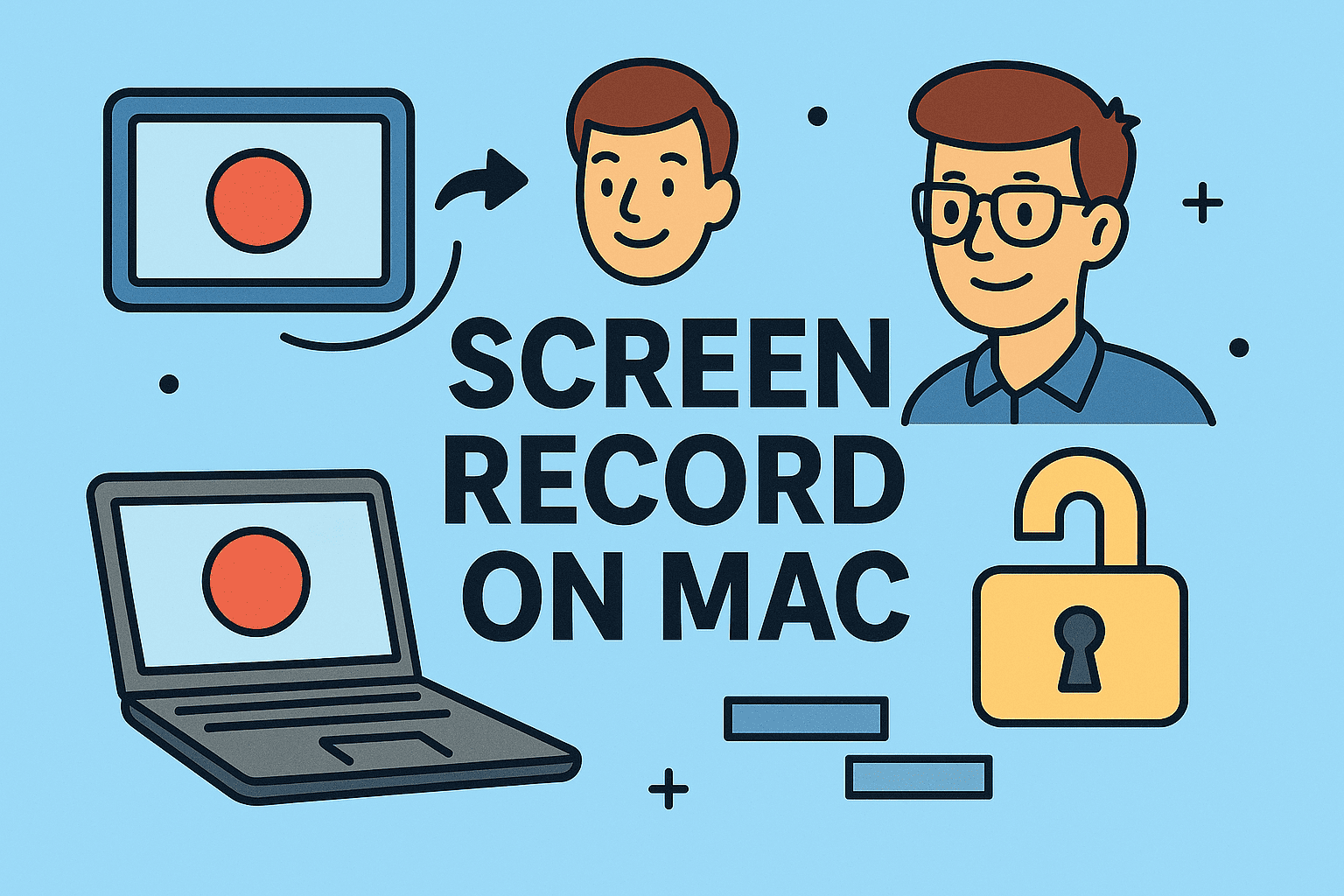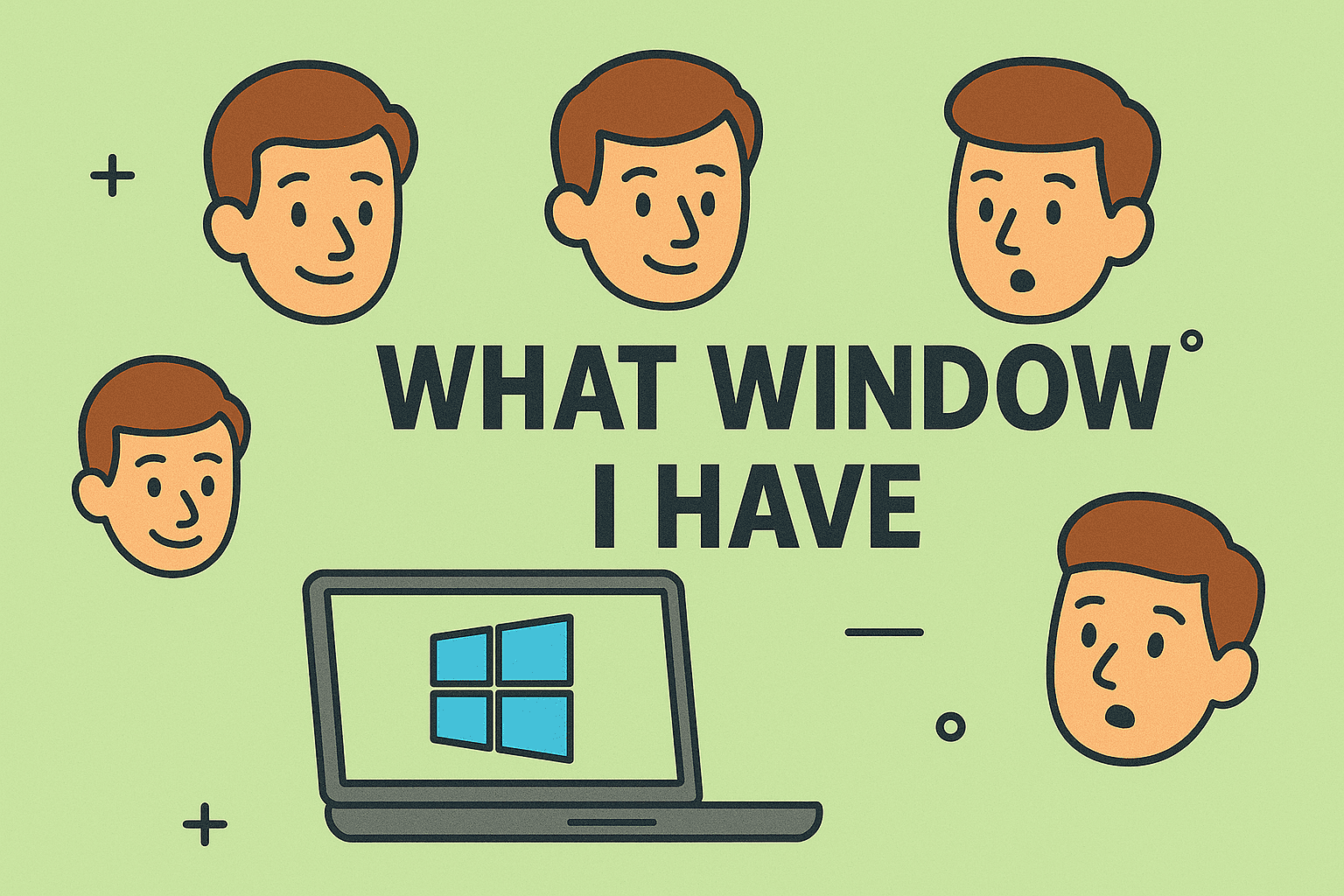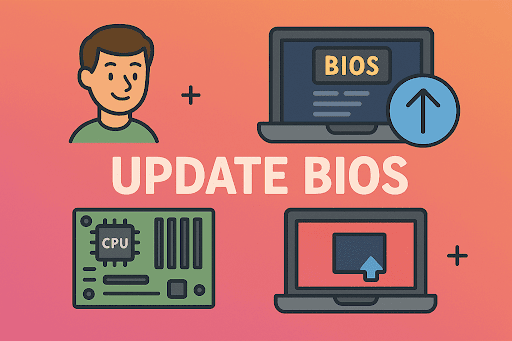Why Screen Recording Is Essential for Tech-Driven Teams
Updated on July 14, 2025, by ITarian

Whether you’re training new team members, documenting security incidents, or reporting bugs, knowing how to screen record on Mac can be a game-changer.
From cybersecurity experts who need to demonstrate threat simulations to IT managers creating walkthroughs, screen recordings serve countless professional purposes. The good news? macOS offers built-in tools that make screen recording quick and painless — no third-party software required.
In this guide, we’ll explore all the ways to screen record on your Mac — with or without audio — using both shortcuts and QuickTime screen recording on Mac. Let’s get started.
Before diving into the how-to, here’s why screen recording is a must-have tool for professionals in cybersecurity, compliance, and tech leadership:
- Create training and onboarding content for remote teams
- Document software issues and record live system errors
- Capture security incidents for evidence or review
- Record video tutorials for employee self-service
- Save virtual meetings or webinars for later reference
Knowing how to use the Mac screen recording shortcut or QuickTime effectively ensures efficiency, accuracy, and better collaboration.
Option 1: Use the Built-In Screen Recording Shortcut (macOS Mojave and Later)
The fastest way to screen record on a Mac is by using a keyboard shortcut.
🎯 Mac Screen Recording Shortcut:
plaintext
CopyEdit
Command (⌘) + Shift + 5
This brings up the screenshot and screen recording toolbar, allowing you to:
- Record the entire screen
- Record a selected portion
- Capture screenshots as well
Steps:
- Press Command + Shift + 5
- Choose between entire screen or selected portion
- Click Options to set audio input (mic) and save location
- Click Record
- Use the Stop button in the menu bar to end recording
✅ This method is the most efficient for recording screen with audio on Mac, especially for quick captures.
Option 2: Use QuickTime Screen Recording on Mac
If you’re using an older version of macOS or need more control over your recording, QuickTime Player is another reliable choice.
How to Use QuickTime for Screen Recording:
- Open QuickTime Player (found in Applications)
- Click File > New Screen Recording
- Click the drop-down arrow next to the Record button to select:
- Microphone input
- Whether to show mouse clicks
- Click Record and select the area of the screen
- Press Stop in the menu bar to finish
Tip: QuickTime is especially useful when you want a lightweight recording without loading too many system resources.
How to Record Screen with Audio on Mac
By default, macOS lets you record external audio (like from your MacBook’s mic), but system audio (internal sounds like Zoom or music) requires workarounds.
🔊 To Record Voice or External Audio:
- Use Command + Shift + 5 and click Options > Microphone to enable voice recording
🔈 To Record System Audio (Advanced):
You’ll need third-party tools like:
- BlackHole (free virtual audio driver)
- Loopback (premium option by Rogue Amoeba)
These tools route system audio into the recording input, allowing you to capture internal sounds with screen video.
Pro Tips for IT Managers & Cybersecurity Teams
1. Use Descriptive File Naming
- Append the date, project name, or user name (e.g., SecurityTraining_JohnDoe_July2025.mov)
2. Store Recordings Securely
- Save sensitive videos to encrypted drives or secure cloud platforms
- Avoid public folders if the recording includes PII or internal systems
3. Automate with AppleScript or Shortcuts
- Use macOS Automator to streamline repeated screen recording tasks
Compare: Screen Recording Tools for macOS
| Feature | Built-in Shortcut | QuickTime | Third-Party (e.g., Loom, Snagit) |
| Record with Audio | ✅ | ✅ | ✅ |
| Record Internal System Audio | ❌ (needs workaround) | ❌ (needs plugin) | ✅ (varies by tool) |
| Easy Sharing | ✅ | ❌ | ✅ |
| Annotation Tools | ❌ | ❌ | ✅ |
If you’re managing multiple users or need detailed control, third-party tools may be worth the investment. However, for basic-to-intermediate needs, the built-in features are more than capable.
FAQs: Screen Recording on Mac
1. How long can I screen record on Mac?
There’s no time limit — only storage capacity. Longer videos require more space.
2. Where are my screen recordings saved?
By default, they’re saved to the Desktop, unless changed in Options before recording.
3. Why can’t I record internal audio on Mac?
macOS doesn’t allow native internal audio recording for privacy reasons. Use a tool like BlackHole or Loopback.
4. Can I record my screen in macOS Ventura or Sonoma?
Yes. Command + Shift + 5 works across Ventura and Sonoma versions, with improved UI.
5. How do I trim or edit my recording?
Use QuickTime Player > Edit > Trim to quickly remove unwanted parts.
Final Thoughts: Record with Confidence on Mac
Whether you’re troubleshooting a security event, creating executive tutorials, or capturing team training, knowing how to screen record on Mac helps streamline communication, reduce errors, and improve knowledge-sharing.
And the best part? You already have all the tools built into macOS.













